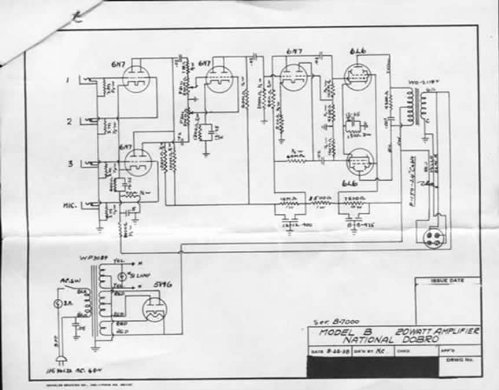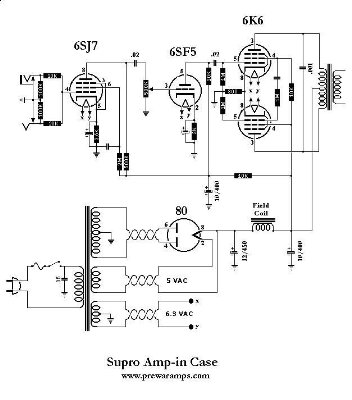
Supro Amp-in-Case

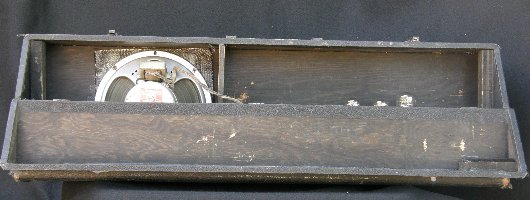
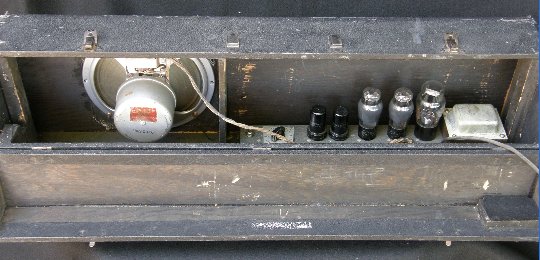
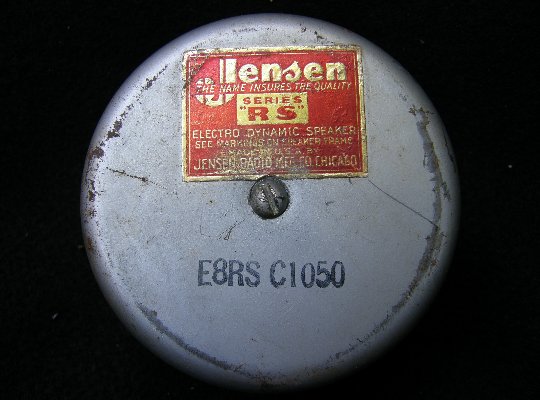
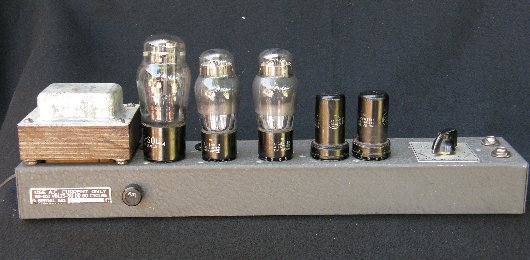

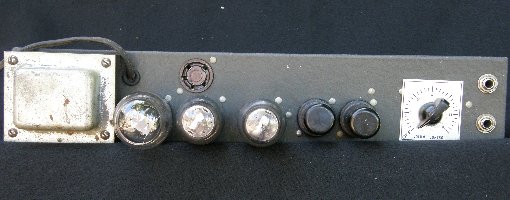
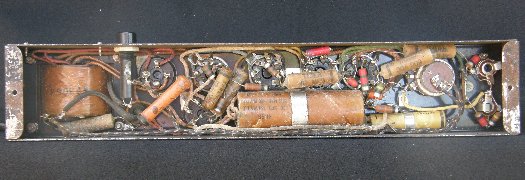
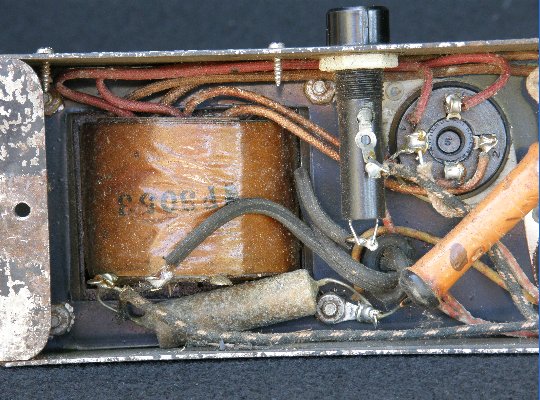

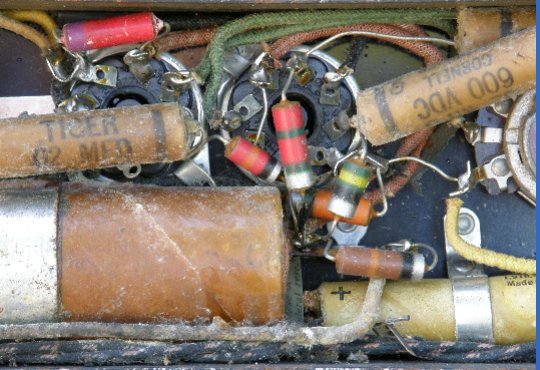
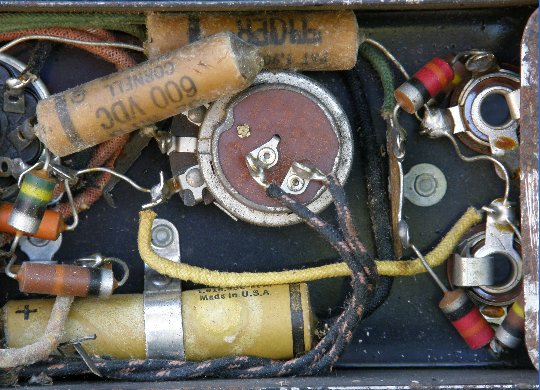
I'm not sure what to think about the circuit if this amp. I've never seen anything like it. The 6K6 screens are divided by a 10K resistor, and the grid of the lower 6K6 is connected by a cap and a resistor to the other 6K6's screen. Surprisingly, the amp didn't hum or howl or oscillate, But it was very, very quiet. Not even loud enough to play at acoustic levels. I wonder if it was just wired incorrectly.
I looked at schematics of other amps from this period, but found nothing even vaguely similar. Many amps from the early to mid 1930s, such as the early Gibson EH amps (EH-100, EH-125 and EH-150), the National Dobro 2A3 models shown on this site, and the Volutone Model 5, used triodes as drivers and transformers for phase inversion.
I found the schematic shown below at the elegant www.notecannons.com website. It is from a National amp from 1938 and shows a cap and a resistor across the output transformer primaries (rather than the screens). It uses a dual triode for phase inversion.
